Overview
HMO stands for Health Maintenance Organization which is a popular type of health insurance plan. Under an HMO plan, you typically must name a Primary Care Physician (PCP) or Primary Medical Group (PMG), you must get a referral to see a specialist. In addition, all care must be rendered within your Primary Medical Group and care outside of your Primary Medical Group is not covered (except in the event of a life-threatening emergency).
What is a Primary Care Physician?
You must designate a Primary Care Physician (PCP) when you are covered under an HMO. In order to seek care from a specialist, you will need to see your PCP and receive a referral to see the specialist. Under most plans, you can select a specific doctor to be your PCP, and if you do not select a PCP, one will be assigned to you. You can typically change your PCP at any time, with an effective date of the first of the next month.
The goal of requiring a Primary Care Physician is that you will establish a relationship with your physician, and your physician will have records of and understand your medical history. Your PCP will see you for your routine physical exams and treat you for most medical care. When you have a medical issue that requires a specialist, your PCP will provide a referral, and you may then see the specialist.
What is a Primary Medical Group?
Your Primary Medical Group is the multi-specialty organization of physicians where you will receive all of your medical care (except in the case of an emergency). Under an HMO plan, you must receive all of your care from your Primary Medical Group; there is no coverage outside of your PMG, unless it is specifically authorized by your PCP/PMG.
The concept behind keeping all care within one PMG is that it allows the physicians of that group to more easily coordinate between providers, when necessary. While being in an HMO means you don’t have the freedom to see other providers, it also allows for seamless coordination of your care.
HMO Plan Terms
Copayments. Under HMO plans, you typically pay for your care via copayments (sometimes known as copays). These are flat dollar amounts stated in your policy for various types of care. They are typically $20 - $50 for office visits, $250 - $500 for hospitalizations, and $10-$50 for prescription drugs (depending on whether you are using a generic or brand name drug).
Out-of-Pocket Maximum. All health plans, including HMO plans, have what is called an Out-of-Pocket Maximum. This is the maximum amount that you will personally pay during the calendar year. If you add all of your copayments, when you reach the stated out of pocket maximum, the HMO plan will pay 100% for covered services for the remainder of the calendar year.


